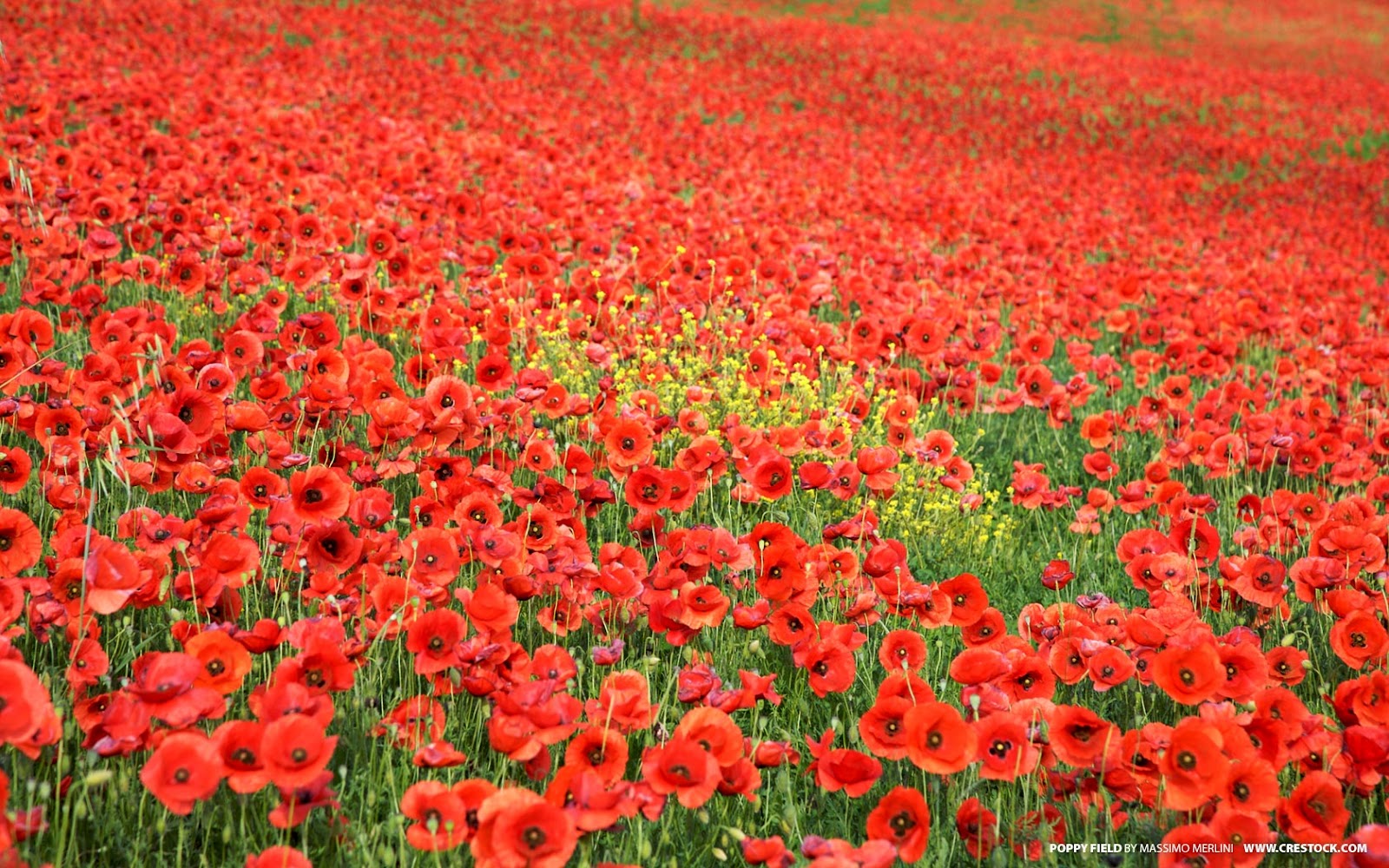

She campaigned to make the poppy a symbol of remembrance of those who had died in the war.Ĭlick here to find out more about the First World War!Īrtificial poppies were first sold in Britain in 1921 to raise money for the Earl Haig Fund in support of ex-servicemen and the families of those who had died in the conflict. In 1918, in response to McCrae’s poem, American humanitarian Moina Michael wrote ‘And now the Torch and Poppy Red, we wear in honor of our dead…’. It was first published in Punch, having been rejected by The Spectator. The flower provided Canadian doctor John McCrae with inspiration for his poem ‘In Flanders Fields’, which he wrote whilst serving in Ypres in 1915. They flourished in the soil churned up by the fighting and shelling.
Remembrance poppy background series#
The poppy sends a message about remembering people who have died in wars. The video is part of a series developed to support our Here They Come-A Day to Remember picture book and animated video, designed for lower primary school students. Many Australian soldiers died there during the war. Poppies grew on the battlefields of Belgium and France in World War I. This video focuses on poppies, which are red flowers that symbolise commemoration. Read about the ceremony: Vigil On Mount, The Daily Telegraph, 25 April 1940. A senior Australian officer also laid a wreath of flowers. Remembrance Day in Australia and other Commonwealth countriesĪt an Anzac Day dawn service in Palestine in 1940, each soldier dropped a red flower from Mount Scopus onto the Jerusalem Memorial.Today, the red poppy has become a very special symbol of commemoration on: The poppy has long been a part of commemorations held on the anniversary of the Armistice of 11 November 1918, which we now call Remembrance Day.

Selling poppies is still a big part of its fundraising campaign today. The Legion sold poppies to raise money to help veterans and their families. The factory employed many returned soldiers. In 1922, an ex-servicemen's organisation, the Royal British Legion started a factory to make poppies. Read Madam Guérin, a research blog by social historian, Heather Anne Johnson. Guérin raised money in support of veterans and the families of those who had died during World War I. She is known as the 'Originator of the Poppy Day'. Georgina Groundbreakers video of alumni Moina Michael, the 'Poppy Lady'.įrenchwoman Anna Guérin, who made artificial flowers, first sold poppies in Britain in 1921. This gave rise to the poppy becoming a symbol of remembrance around the world. She also encouraged the sale of poppies to raise money for veterans. She is known as the first person to wear a red poppy as a personal commemoration. Michael's poem is called We Shall Keep the Faith. In 1918, American academic and teacher Moïna Michael was inspired to write a poem after reading McCrae's In Flanders Fields. McCrae's poem recalls the red poppies on the graves of soldiers who died on the Western Front. McCrae wrote the poem while serving outside Ypres, Belgium, in 1915. The flower gave Canadian medic, Lieutenant-Colonel John McCrae, the inspiration for his poem, In Flanders Fields. Australian troops taking a rest from the Somme fighting in a field of red poppies near Allonville, France, 20 June 1918.


 0 kommentar(er)
0 kommentar(er)
